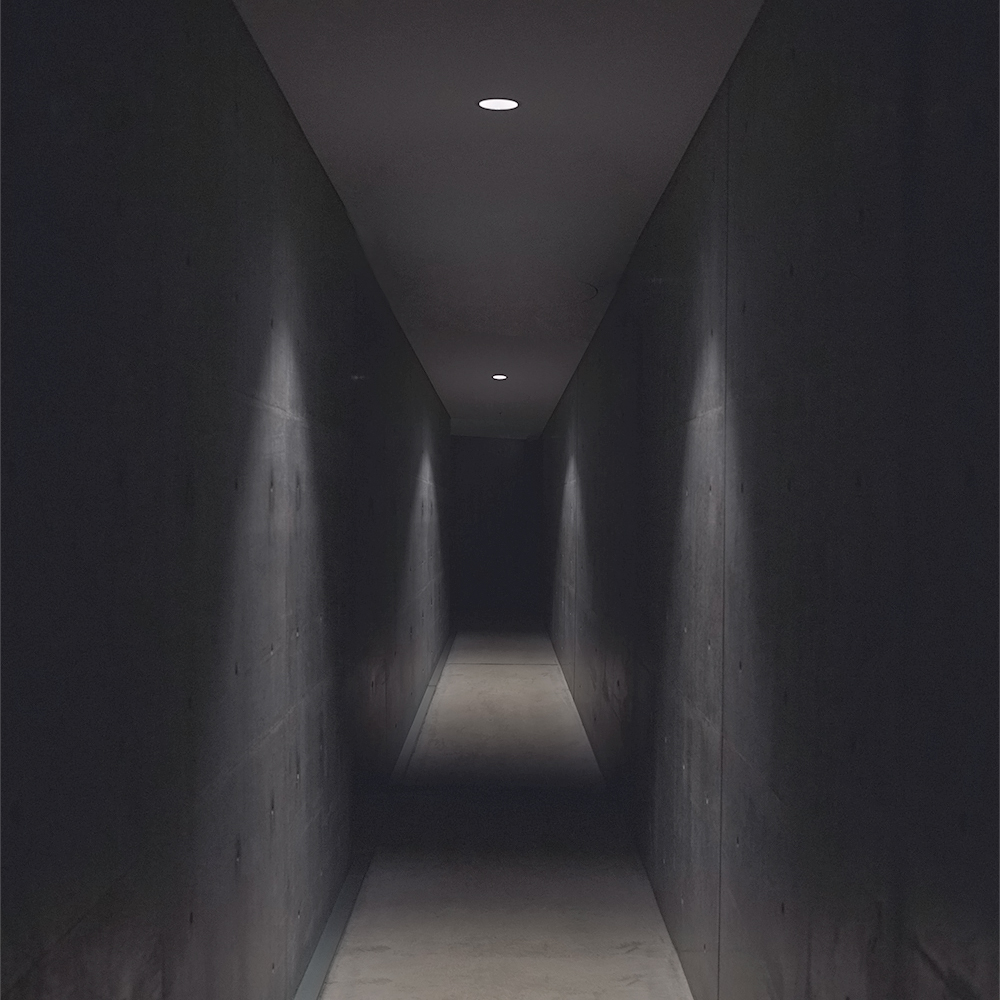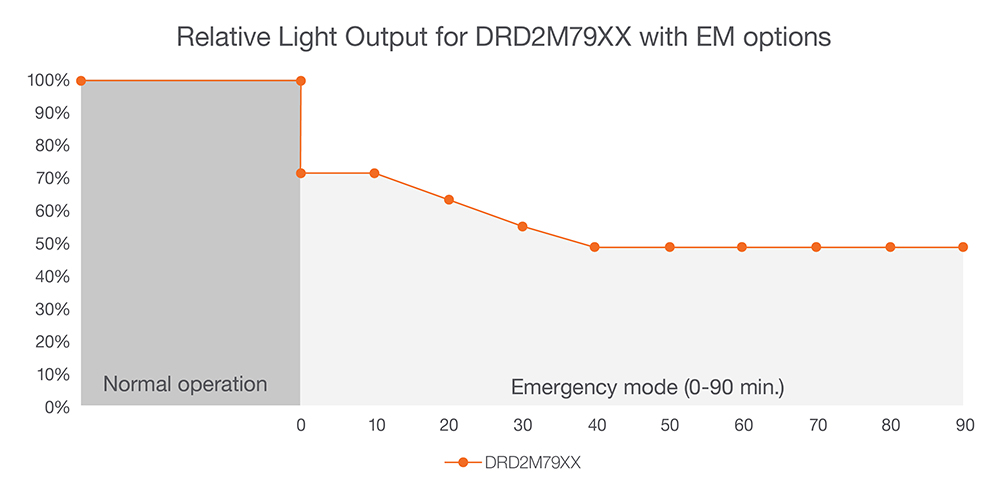Emergency Lighting Requirements

The National Fire Protection Association (NFPA®) standard NFPA 101®, Life Safety Code 2018, chapter 7 – Means of Egress, section 9 – Emergency Lighting requires emergency lighting to provide the following system performance:
7.9.2.1 – The emergency lighting system must provide a minimum of 1.5 hours (90 minutes) of illumination if the normal lighting fails.
7.9.2.1.1 – The emergency lighting system must be arranged to provide initial illumination of at least 1 ft-candle average and a 0.1 ft-candle minimum at any point measured along the path of egress at floor level.
7.9.2.1.2 – The illumination levels can decline to a minimum of 0.6 ft-candle average and 0.06 ft-candle at any one point, at the end of emergency lighting time of 1.5 hours.
7.9.2.1.3 – The maximum-to-minimum illumination should not be greater than 40 to prevent excessively bright and dark spots.
7.9.2.3 – The emergency lighting system must be arranged to provide illumination automatically in the event of any interruption of normal lighting.
Typical Emergency Light Fixture
DMF Lighting offers EM (emergency) lighting options with most of its light fixture housing types. These emergency light fixtures can be dimmed with TRIAC/ELV, 0-10Vdc or more sophisticated digital signals. However, the dimmer cannot control light output during emergency operation. DMF uses a UL924 qualified emergency LED driver with battery backup, which detects the loss of normal power then switches control to battery power in emergency mode. See diagram below.

Typical DRD2M Performance under Emergency Conditions
In house test results illustrate the typical profile of light output during emergency battery operation relative to normal power conditions. This information is important to know when calculating lighting layouts for paths of egress. Lighting designers can then adjust the light levels appropriately for emergency mode. See table below for details.

Typical Lighting Layout for a Path of Egress
The example below shows typical data for a 30’ long by 5’ wide corridor with 9’ high ceilings. It also maintains typical reflectance values (0.8 ceiling, 0.5 walls, 0.2 floor). The light output of the EM fixtures was de-rated per the previous table for the DRD2M79xx light engine. In normal operation, the light fixtures spaced on 5’ centers. Two fixtures spaced 15’ apart have EM capability. The results meet the NFPA 101 requirements as shown below.

Foot-candle distribution for Schedule 1 (normal power conditions) with DRD2M79xx

Foot-candle distribution for Schedule 2 (EM power conditions) with DRD2M79xx



